Most meals have some sort of veggie component to them, even if it’s just a side of sauteed mixed veggies. Since we handle these foods all the time, most of us think we know the best, most efficient way to store, slice, and serve all kinds of vegetables, but that’s not always the case. In fact, there are a lot of ways to mess up in this area – even if you’re unaware of it. Keep reading to see the most common mistakes people make, and how to fix them. Do you do any of these?
Not Storing Properly
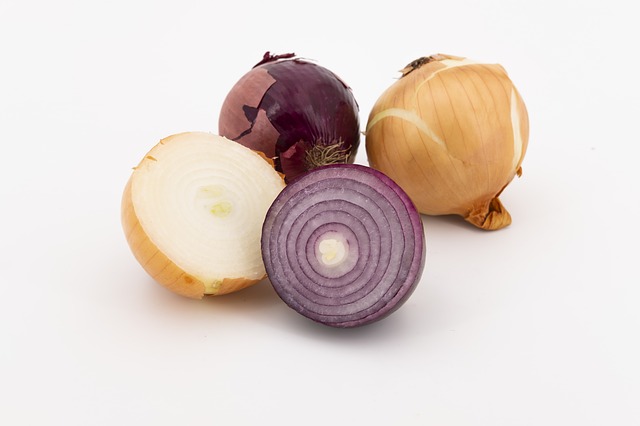
Let’s start at the very beginning – what to do when you bring your veggies home from the grocery store (or your garden). Most of us know that potatoes and onions should be stored in a cool, dry place, but did you know they shouldn’t be stored together? The onions release gasses that make potatoes sprout and grow mushy much quicker than if stored separately. The same is true of apples and other fruits.
Loose-leaf greens like kale, spinach, and lettuce should be wrapped in a bag or plastic wrap and stored in the crisper drawer. This method of storage can stretch out the shelf life of your greens up to two weeks!
Other storage tips include storing mushrooms in a paper bag in a dry environment and cutting the tops off of root veggies. For veggies like carrots and turnips that usually come with their leaves attached, it’s important to separate the tops from the veggie itself. The top is still edible if you want to toss it in a salad, but it will continue to drain nutrients from the veggie, thus cutting its shelf life down considerably.

Cutting Too Early
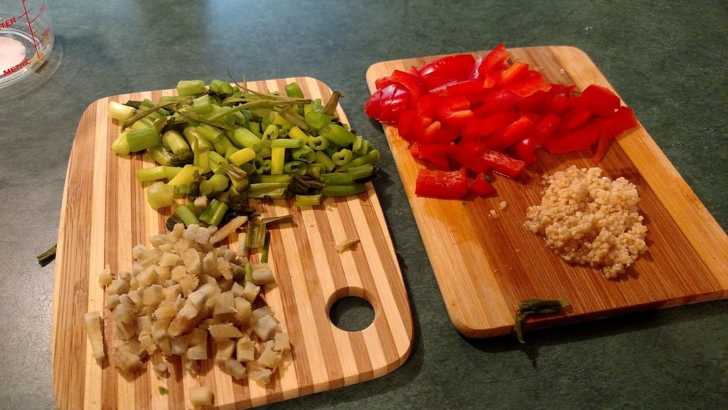
Do you do meal prep once a week? Or perhaps get lunches together several days in advance so they are easy to grab when you’re running out the door in the morning? There’s no denying that this saves time, but it might be ruining your veggies!
Not all fruits and veggies are ruined by oxidation. Foods rich in anti-oxidants won’t be affected as much, for obvious reasons. Berries, kale, beets, and similar foods are fine to prepare in advance. Apples, potatoes, eggplant, parsnips, celery, and avocados, on the other hand, start oxidizing almost immediately once the inside is exposed to air. You can help prevent this by soaking the fruit or veggie in citrus juice of some kind, but this isn’t a permanent solution.
Not only are you cutting down the shelf life of fruits and veggies by chopping them in advance, but you’re potentially losing nutrients too! When the inside of certain fruits and veggies hit the air, they release carbon dioxide, which causes them to break down the natural nutrients found in the meat of the fruit or veggie.

Uneven Cuts
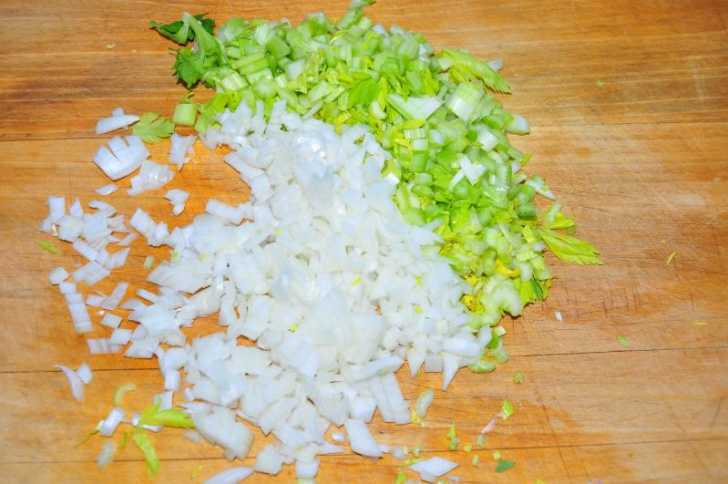
There’s a reason culinary arts students are judged so harshly on their knife skills! It’s not just because those nice, even cuts are impressive and aesthetically pleasing, however. Having evenly diced, minced, or chopped veggies make for an overall better end result than uneven, haphazardly sliced veggies.
Smaller chunks of potatoes, onions, whatever you’re cutting, will cook faster than larger ones. If you have a mix of both, you’ll either end up with burnt smaller pieces and perfectly cooked larger pieces, or perfect smaller pieces and undercooked larger ones. Neither one is ideal. This is true for sheet pan veggies, sauteed veggies, and every cooking method in between.

Dangerous Cuts
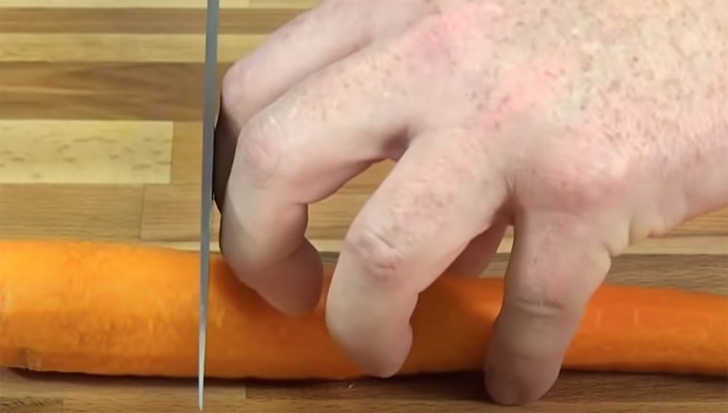
We’ve all experienced the pain of a nicked finger or a runaway fruit or veggie when trying to cut it up. The safest way to cut any food is to use the claw hold. Basically, you curl your thumb under your fingers and hold whatever you’re cutting so that your fingertips are rolled and tucked under your knuckles. The flat part of the knife will rub up against the flat part of your finger, thus acting as a safety guard.
As for rolling veggies, cut a small section off of one side, creating a flat part of whatever you’re slicing. Place that side down on the cutting board to make it easier to handle while cutting.
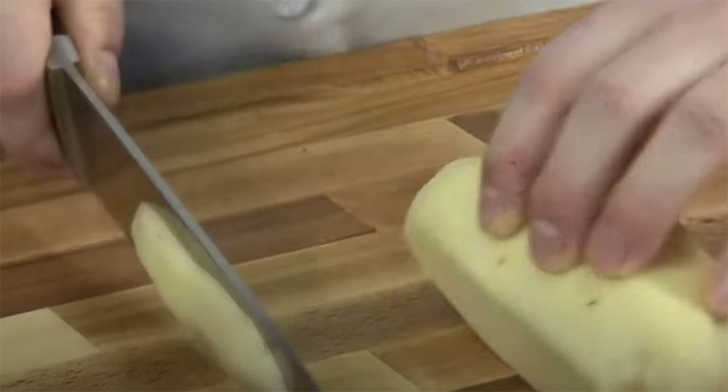
Check out more tips and tricks for prepping veggies in the video below!













